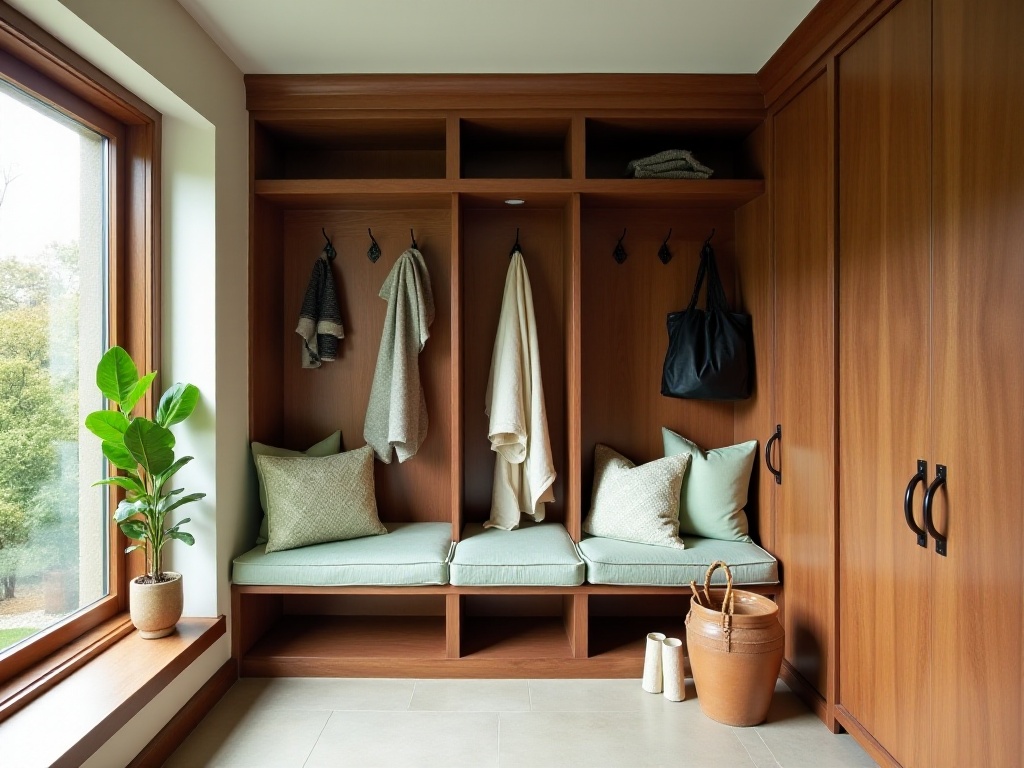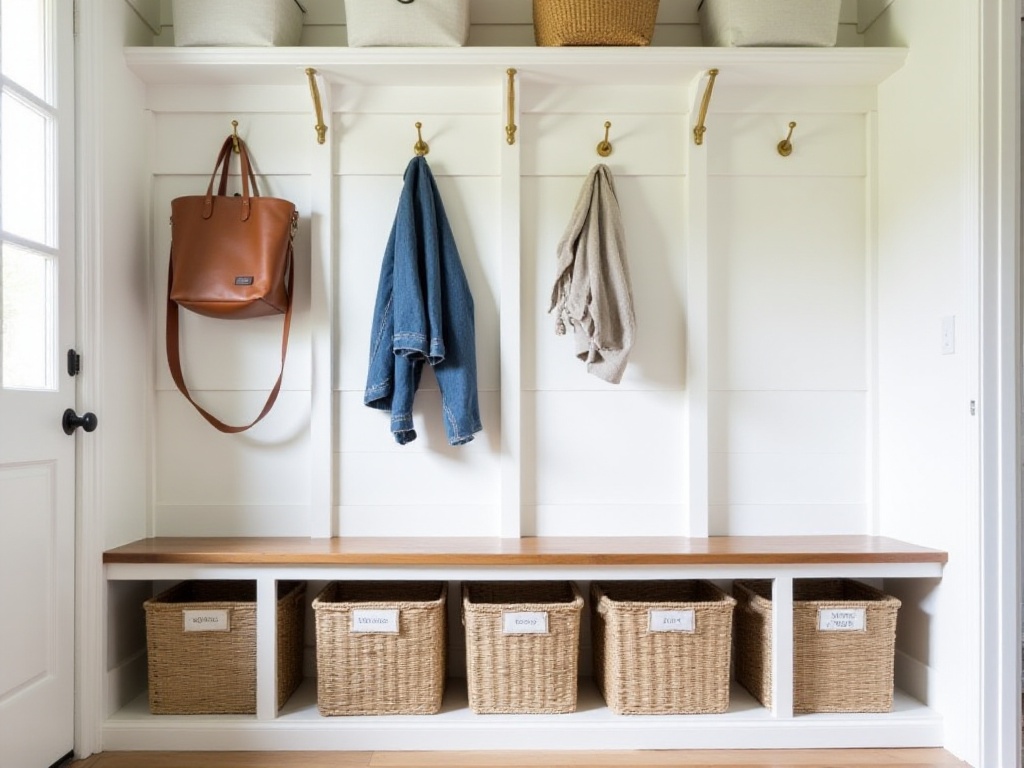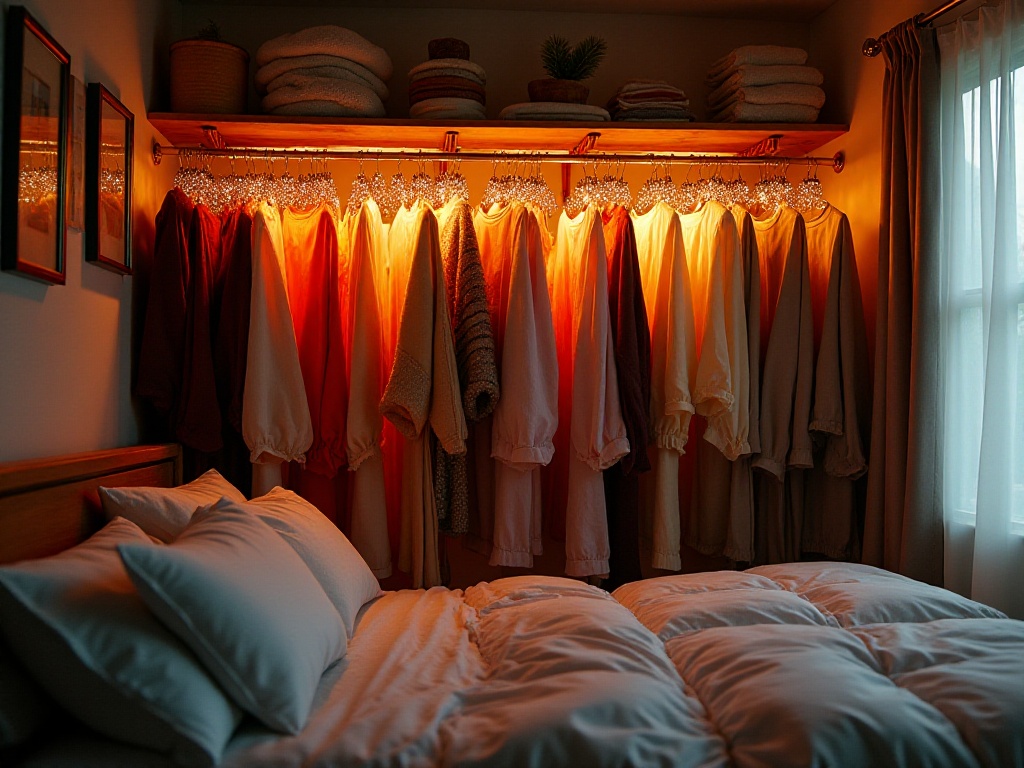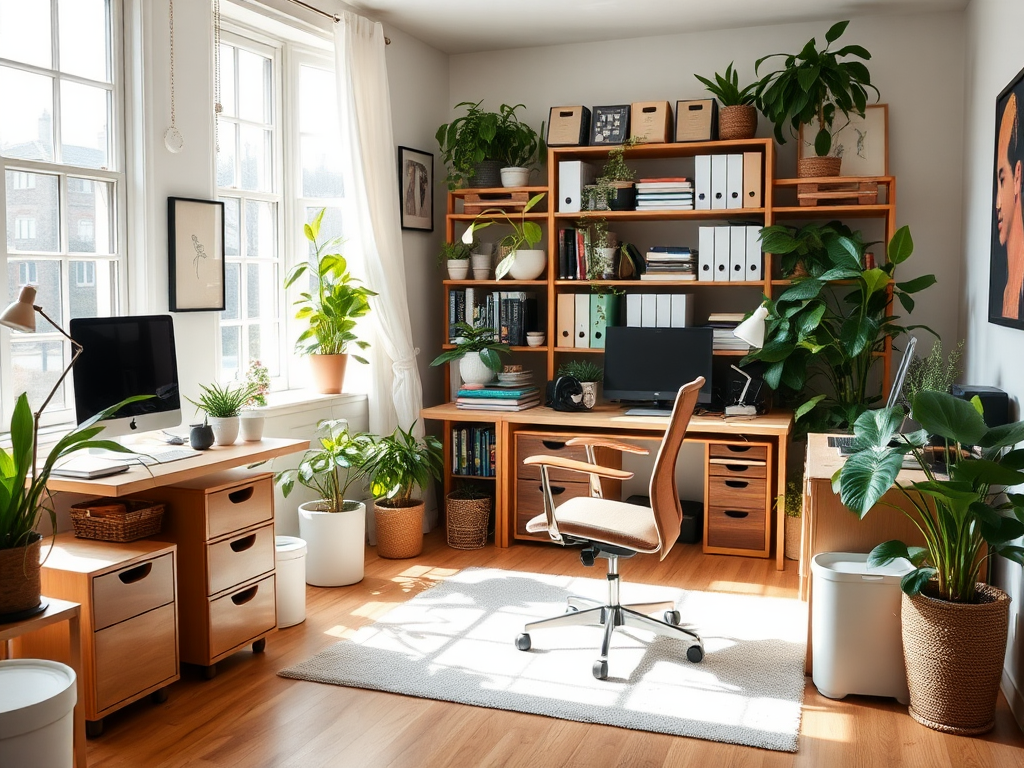Opening Thoughts
Today I want to share a personal experience that, honestly, still feels embarrassing when I think about it. You know what? Every time I opened my closet before, I felt like I was suffocating. Clothes were piled up like mountains, yet whenever I needed to go out, I felt like I had nothing suitable to wear. This feeling was just like being in a relationship that's destined to fail - despite investing so much, you end up with nothing. However, things are different now. After a year of exploration and practice, I finally found a clothing management system that works for me, and I feel much lighter overall.
Letting Go
At this time last year, my closet was in a truly horrific state. Clothes seemed to multiply like they were on steroids, with the closet nearly bursting at the seams. Finding clothes every morning was like a spiritual practice, taking at least half an hour of rummaging. I remember one time when I almost missed an early meeting because I spent too much time looking for clothes. My anger was rising, and at that moment, I decided this lifestyle had to change.
So I spent an entire weekend taking out all my clothes and organizing them by category. Honestly, when I saw the final count, I was shocked - 278 pieces! What does that mean? It's almost like wearing a different piece every day and still not getting through everything in a year. What's worse, I discovered that over 110 pieces still had their tags on, just collecting dust in the closet. That's when I realized how scary my shopping impulses had become.
I started recalling how I acquired these clothes: some were impulse purchases during Singles' Day sales, some were bought on a whim while shopping with friends during sales, and others were trend-following purchases after seeing them on others. But what happened after buying them? Either the size wasn't right, or the style didn't suit me, or I simply couldn't find the right occasion to wear them. These clothes were occupying not just my closet space, but also my mental space.
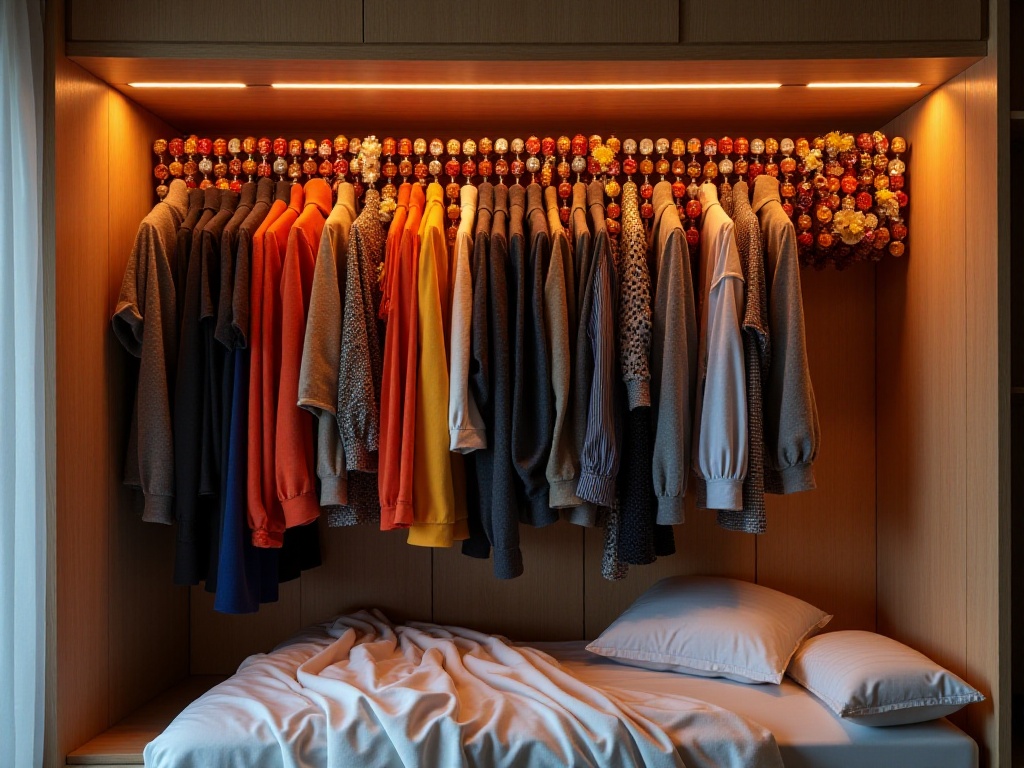
Making Choices
After deep self-reflection, I developed a simple "three-question method" to decide whether to say goodbye to a piece of clothing. While this method might sound simple, putting it into practice really tests one's determination.
The first question: Have I worn it in the past three months? This question addresses the practicality of the clothing. I discovered many clothes were forgotten right after purchase, never even getting a chance to be tried on. If a piece of clothing hasn't appeared in my outfit choices in the past three months, what's the point of keeping it?
The second question: Will I wear it in the next three months? This question considers seasonality and future scenario planning. For example, I have a down jacket I really like - while I'm not wearing it in summer, it'll definitely be useful in winter. However, for clothes that I'm "saving until I lose weight," it's better to let them go sooner rather than later.
The third question: Does this piece of clothing make me happy? This question might seem subjective, but it's particularly important. Some clothes might pass the first two questions, but something just feels off every time you wear them - you feel uncomfortable. Rather than keeping these clothes and feeling conflicted, it's better to let them go decisively.
Through strict screening with these three questions, I finally kept only about 100 essential pieces. To be honest, I was initially worried about not having enough clothes, but reality proved this number was just right. Because every piece that remained was carefully selected, truly suitable for me, and something I genuinely liked. This made daily outfit coordination much easier.
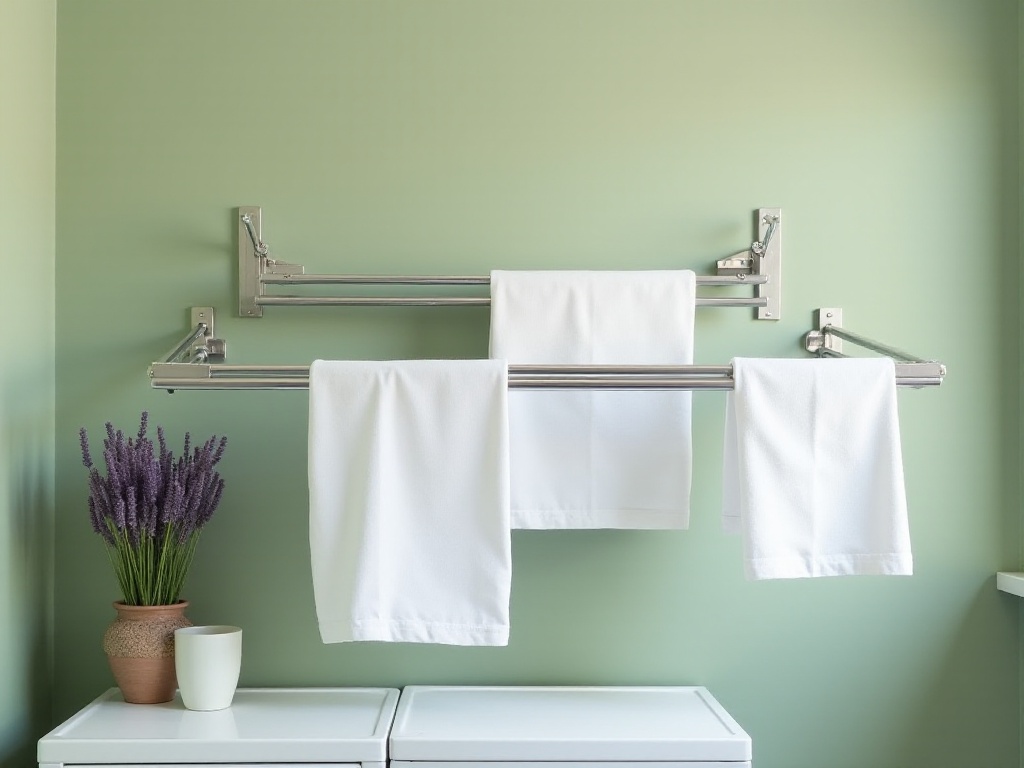
Space Planning
After solving the quantity issue, the next challenge was how to scientifically utilize closet space. I reorganized the closet into several functional zones, which not only looks more organized but also makes it more convenient to retrieve clothes.
The work zone mainly stores formal wear and shirts necessary for work. These clothes are arranged by color depth, from lightest beige to darkest black, which looks particularly satisfying. I hang all shirts on special hangers to prevent wrinkles and make it easier to pair with suit jackets.
The casual zone is my favorite area, containing various T-shirts, hoodies, and jeans. I stack frequently worn basic T-shirts in the most visible position for easy access during season changes. I classify jeans by fit, from skinny to loose, and maintain each pair regularly to keep them looking stylish.
The sports zone stores my workout clothes and yoga wear. Honestly, I used to just stuff my workout gear in corners, but now giving them a dedicated area has actually motivated me to exercise more. I also have special storage bags for each workout set to prevent them from dirtying other clothes after use.
The special occasions zone mainly stores formal dresses and warm outerwear. Although these clothes aren't worn frequently, they're carefully selected pieces, so I protect them with dust covers. I always send formal wear for dry cleaning right after wearing them, so they're ready for the next occasion.
Storage Tips
During the organization process, I discovered many particularly useful storage tricks. The most exciting discovery was using soda can tabs to create double-layer hangers. This method is truly a game-changer in closet organization! Here's how it works: remove the tab from a soda can, hang it on the horizontal bar of a hanger, and then you can hang another hanger from this tab. This way, space that originally held one piece can now hold two.
I calculated that with my current 100 pieces of clothing, which would normally require about 100 hangers' worth of space, this method only needs space for 50 hangers. This not only saves space but also makes the closet look more neat and orderly. Plus, because it's vertical storage, finding clothes is particularly convenient - no more rummaging around like before.
Bedding storage was also a headache. I used to store sheets, duvet covers, and pillowcases separately, resulting in having to search everywhere to find matching sets when changing bedding. Now I've gotten smarter: I fold entire sets together and stuff them into matching pillowcases, with labels indicating the color and pattern. This not only saves space but also makes finding things convenient. Plus, since it's set storage, I never have to worry about finding matching bedding anymore.
Another particularly useful trick is the scarf storage method. I roll all my scarves and secure them with cut paper towel rolls. This not only maintains the scarves' shape but also prevents them from tangling together. When needed, they can be easily pulled out without losing shape.
Sock storage also has its techniques. I now use Marie Kondo's folding method, folding socks into small triangles and arranging them vertically in drawers. This not only looks neat but also makes it easy to find the pair you want. The problem of not being able to find matching socks has also been solved.

Daily Maintenance
After establishing a good storage system, the key is maintaining it consistently. I set myself a "ten-minute rule": spend ten minutes organizing the closet before bed every day. This time isn't long or short, but these brief ten minutes keep my closet in a consistently neat state.
Specifically, I do the following things in these ten minutes: hang or fold clothes worn that day and return them to their proper place, check for items that need washing, and tidy up any messy hangers or drawers. If I notice any damage or stains on clothes, I handle them promptly.
Keeping up this habit not only maintains the closet in good condition but more importantly cultivates a lifestyle attitude. Just like brushing teeth and washing face, organizing the closet has become an indispensable part of my daily life.
Shopping Guidelines
This organization experience greatly impacted me and completely changed my shopping habits. Now whenever I want to buy new clothes, I ask myself several questions:
First, "Can this piece be coordinated with existing clothes?" If a new piece will end up lonely in the closet, what's the point of buying it? I now prioritize basic pieces that are easy to match, creating more possible combinations with existing clothes.
Second, "Does it truly fill a gap in my wardrobe?" For example, if I already have three white T-shirts, what's the necessity of a fourth? Unless it has special features in cut or material, it's better to exercise restraint.
Finally, "What's the value for money of this piece?" I now focus more on quality than quantity. I'd rather spend more money on one quality piece than buy a bunch of clothes that lose shape after just a few wears.
Through this thinking process, my clothing expenses have decreased by nearly 60% in the past six months. This not only saves money but more importantly makes my wardrobe more refined and practical. Every piece serves its purpose, with no more regrets about waste.
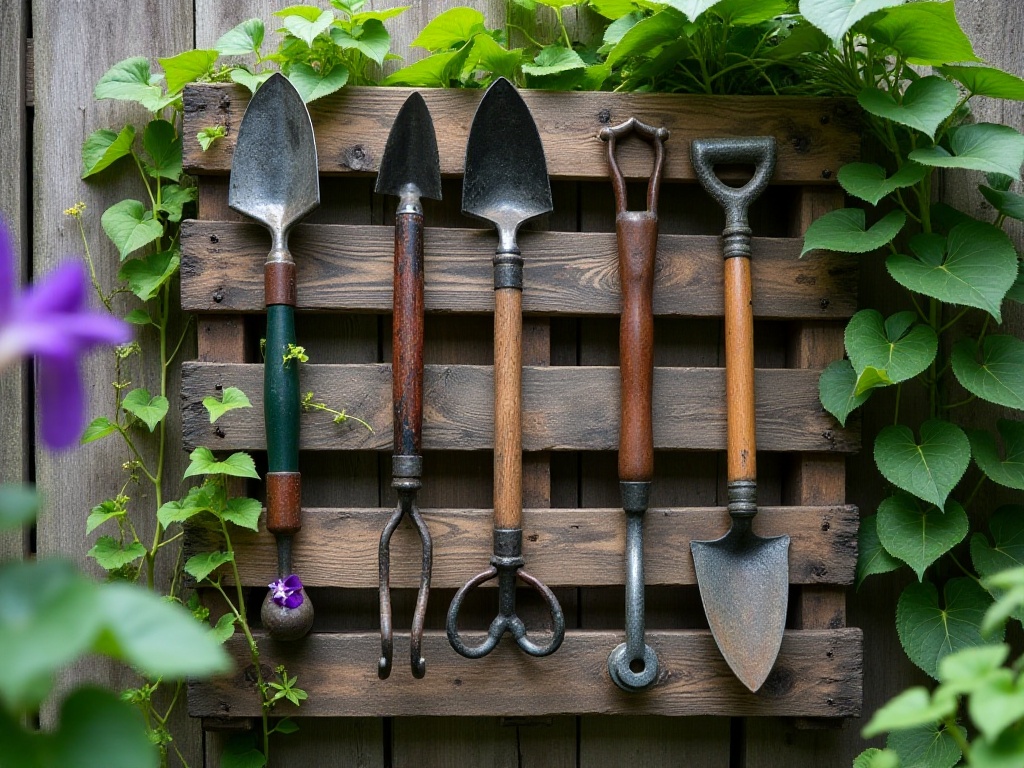
Insights Gained
Organizing your closet seems like organizing items on the surface, but it's actually organizing one's lifestyle and values. When your closet becomes orderly, you'll find your mood becomes more relaxed and happy.
Opening the closet every morning and seeing neatly arranged clothes makes choosing outfits effortless. No more stressing about not finding suitable clothes or feeling pressured by mountains of clothes in the closet. This sense of ease is priceless.
Moreover, when your closet becomes simple and orderly, you'll find your understanding of fashion changes too. Instead of blindly following trends, you focus more on developing personal style. You gradually understand that fashion isn't about how many clothes you own, but how you create endless possibilities with limited pieces.
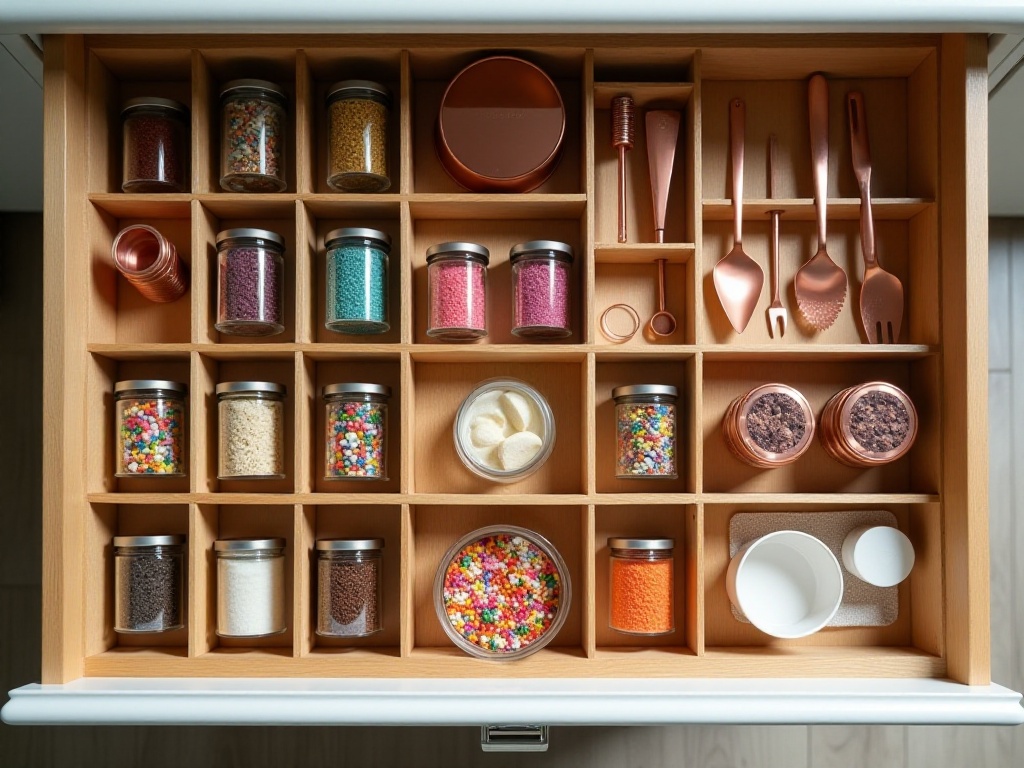
New Thoughts
This organization experience made me start thinking about a deeper question: why do we unconsciously hoard so many things? Do our consumption behaviors actually reflect some inner insecurity?
Often, we buy new clothes not because we need them, but because of psychological needs. Maybe it's work stress that we try to relieve through shopping, maybe it's comparing ourselves to others who look fashionable, or maybe it's just fear of lacking something in the future.
But when our lives become simple and orderly, these insecurities seem to decrease as well. Because you discover that happiness doesn't come from how much you own, but from cherishing and properly using what you have.
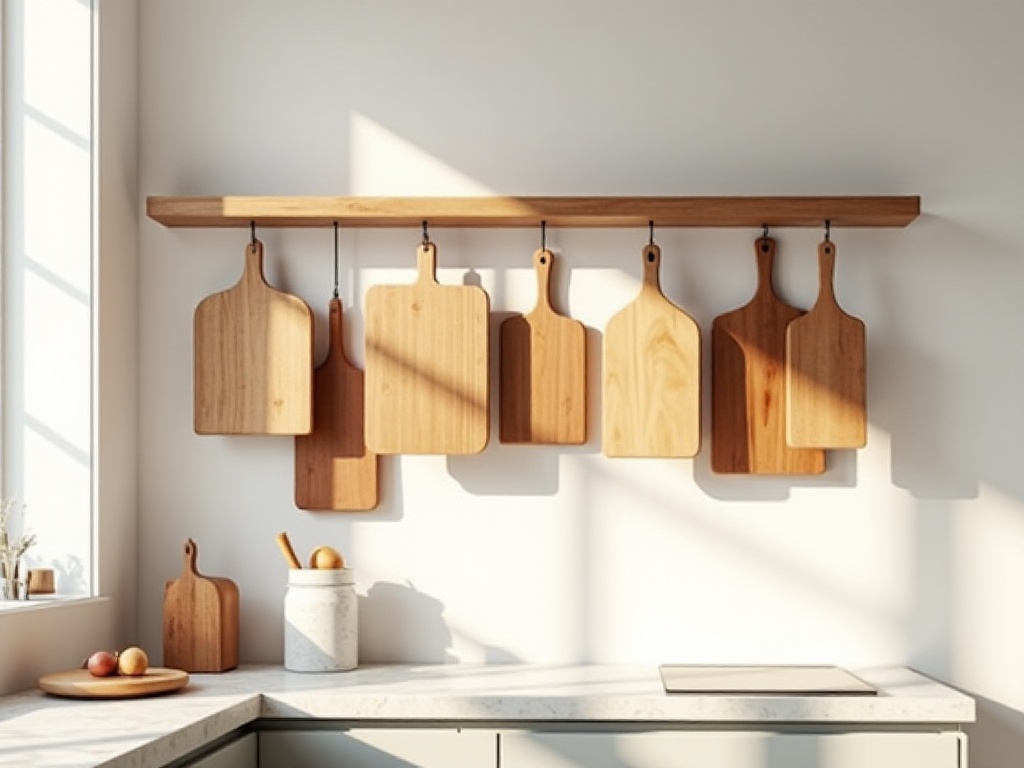
Future Plans
The success of this closet organization has given me great confidence. Next, I plan to extend this organization method to other aspects of life.
First is the study. I've discovered I've also hoarded many unused books and stationery. I plan to use the same method to give them a major cleanup. Only keeping what I truly need and like, making the learning and working space more refreshing.
Then the kitchen. Honestly, spices and kitchen utensils are also an area that can easily get out of control. I plan to reference the closet organization experience and give them zoned storage too. I believe this will not only make cooking more interesting but also inspire more culinary creativity.
Finally, the bathroom. I plan to give skincare products and cosmetics a major cleanup, keeping only products I'm actually using. This not only prevents product waste through expiration but also makes morning and evening skincare routines smoother.
Actually, every space deserves good planning, because this isn't just organizing items, it's organizing life. When your living space becomes simple and orderly, your life will become lighter and more beautiful.
This is my minimalist wardrobe organization journey, hoping to provide some inspiration for those struggling with clothing issues. Trust me, when you really start taking action, you'll find that although the process might be a bit tough, the changes it brings are absolutely worth it. Why not try starting with organizing your closet to make life simpler and more beautiful? I look forward to hearing your story!




